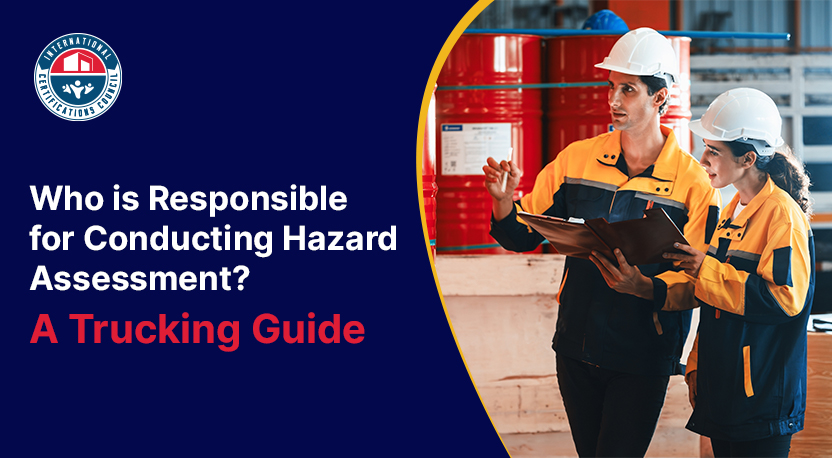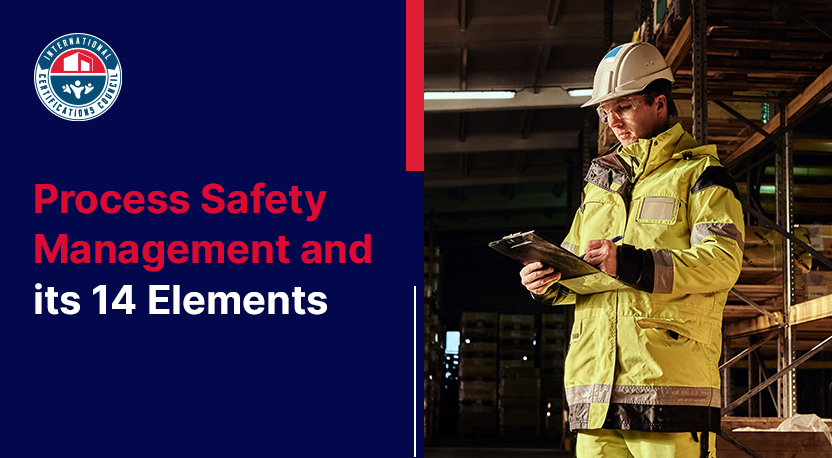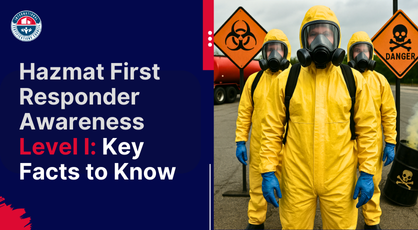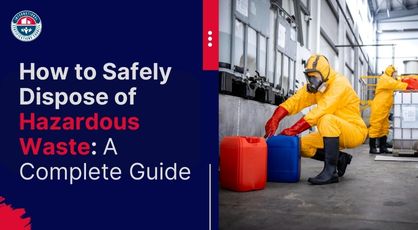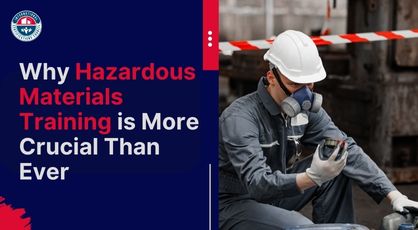Occupational Safety and Health Administration (OSHA) plays a crucial role in safeguarding the well-being of workers across various industries in the United States. When it comes to handling hazardous materials, OSHA has implemented specific regulations to ensure that workers are adequately trained to mitigate risks and respond effectively to potential hazards.
In this article, we will delve into the OSHA regulation that mandates hazardous materials (hazmat) training, exploring its key components and the importance of compliance in maintaining a safe workplace environment.
Overview of Hazmat Training
Hazardous materials are substances or chemicals that pose a potential risk to human health, the environment, or property. Handling and managing these materials require specialized knowledge and skills to prevent accidents, injuries, and environmental damage.
OSHA's Hazard Communication Standard (HCS) is the foundational regulation that addresses the safe handling of hazardous materials. Within the HCS, hazmat materials training is specifically addressed through the Hazardous Waste Operations and Emergency Response (HAZWOPER) standard.
HAZWOPER Regulation
The Hazardous Waste Operations and Emergency Response (HAZWOPER) standard, found in 29 CFR 1910.120, is the OSHA regulation that establishes the requirements for hazmat training.
This standard encompasses a wide range of industries where workers may be exposed to hazardous substances, including but not limited to manufacturing, construction, and emergency response.
Key Components of HAZWOPER
- Scope and Applicability: HAZWOPER applies to workers involved in hazardous waste cleanup operations, emergency response operations, and the treatment, storage, and disposal of hazardous waste. It covers employees who are exposed or have the potential to be exposed to hazardous substances and who are involved in specific operations.
- Training Requirements: The core of HAZWOPER is the emphasis on comprehensive training for workers engaged in activities that expose them to hazardous materials. Training requirements are tiered based on the level of exposure and the specific tasks performed. The three primary levels of training are:
- First Responder Awareness Level: This level is for personnel who may witness or discover a hazardous substance release and are trained to initiate an emergency response sequence by notifying authorities.
- First Responder Operations Level: Individuals at this level have more extensive training and are equipped to respond to a hazardous substance release in a defensive manner, taking measures to protect themselves and others without actually trying to stop the release.
- Hazardous Materials Technician Level: This is the highest level of training, reserved for personnel actively involved in emergency response operations. Technicians are trained to approach the point of release to plug, patch, or otherwise stop the release of a hazardous substance.
- Medical Surveillance: HAZWOPER requires employers to establish a medical surveillance program for employees exposed to hazardous substances at or above established permissible exposure limits (PELs) or in situations where the use of respiratory protection is required.
- Site-Specific Training: Employers must provide site-specific training to employees based on the hazards and conditions present at the worksite. This includes information on the specific hazardous substances, emergency response procedures, and the use of personal protective equipment (PPE).
- Refresher Training: To ensure that workers remain proficient in their hazmat handling skills, HAZWOPER mandates refresher training at least annually. This requirement is crucial for keeping employees abreast of any changes in procedures, equipment, or regulations.
Importance of Compliance
Ensuring compliance with HAZWOPER regulations is not only a legal requirement but also essential for maintaining a safe work environment. Non-compliance can lead to severe consequences, including fines, legal action, and, most importantly, the endangerment of workers' lives.
Here are some key reasons why compliance with hazmat training is crucial:
- Worker Safety: The primary goal of hazmat training is to protect workers from the hazards associated with handling and managing hazardous materials. Proper training equips employees with the knowledge and skills needed to identify, assess, and respond to potential dangers, reducing the risk of accidents and injuries.
- Environmental Protection: Hazmat incidents can have severe environmental repercussions. Adequate training ensures that workers are not only protecting themselves but also taking measures to prevent the release of hazardous substances into the environment. This proactive approach aligns with OSHA's commitment to environmental responsibility.
- Legal Compliance: Failure to comply with HAZWOPER regulations can result in significant legal consequences for employers. OSHA conducts inspections to ensure workplaces adhere to safety standards, and violations can lead to fines and citations. Employers must prioritize compliance to avoid legal ramifications.
- Emergency Response Effectiveness: In the event of a hazmat incident, an effective and well-coordinated emergency response is crucial. Properly trained personnel can respond promptly and efficiently, minimizing the impact of the incident and potentially preventing further harm.
- Community Protection: Hazmat incidents can extend beyond the workplace, affecting surrounding communities. By adhering to HAZWOPER training requirements, employers contribute to the overall safety and well-being of the broader community.
Conclusion
OSHA's HAZWOPER regulation is a cornerstone in ensuring the safe handling and management of hazardous materials in various industries. The training requirements outlined in this regulation play a vital role in safeguarding workers, the environment, and the community at large. Employers must prioritize compliance with HAZWOPER standards to create a workplace culture that prioritizes safety and minimizes the risks associated with hazardous materials.
As technology advances and industries evolve, ongoing training and a commitment to staying informed about regulatory updates are crucial for maintaining a safe and secure working environment.
Are you committed to creating a safer work environment and ensuring your team is well-prepared to handle hazardous materials? Look no further! ICCouncil offers top-notch Hazardous Materials Training that meets OSHA standards and goes beyond.


